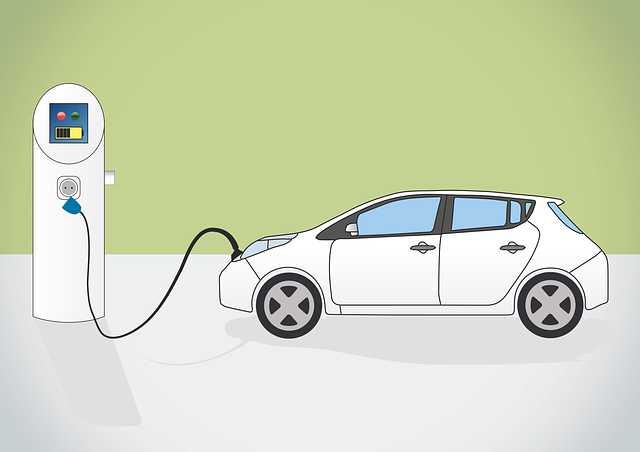Shipping electric vehicles (SEVs) requires specialized handling due to the vulnerability of their high-voltage batteries. Key challenges include preventing damage, short circuits, and temperature extremes that can degrade battery health. Best practices involve secure attachment, protective packaging, climate-controlled transport, and specialized carriers for hazardous materials. Standardization, advancements in battery technology, and improved training are essential to overcoming obstacles and making SEV shipping safer, more efficient, and more sustainable in the future.
In an era driven by sustainable transportation, the shipping industry faces a unique challenge: transporting electric vehicles (EVs) safely and efficiently. This article delves into the intricate process of shipping EVs, focusing on the specific concerns surrounding their high-voltage batteries. We explore the challenges, from temperature control to handling defects, and present best practices for secure transit. Furthermore, we anticipate the future of this sector, highlighting innovations poised to revolutionize shipping electric vehicles and overcome current obstacles.
- Understanding the Unique Challenges of Shipping Electric Vehicles
- Best Practices for Safe Battery Transportation
- The Future of Shipping Electric Vehicles: Overcoming Current Obstacles
Understanding the Unique Challenges of Shipping Electric Vehicles

Shipping electric vehicles (EVs) presents unique challenges compared to traditional gasoline-powered cars. One of the primary concerns is ensuring the safe transportation of high-voltage batteries, which are both crucial for EV functionality and potential hazards if not handled properly. The delicate nature of these batteries requires specialized packaging and careful consideration during transit to prevent damage and short circuits.
Moreover, temperature control is another significant challenge. EV batteries perform optimally within specific thermal ranges, and extreme temperatures during shipping can negatively impact their health and performance. Therefore, efficient insulation and climate-controlled transportation methods are essential to maintaining the integrity of EV batteries during long-distance shipping.
Best Practices for Safe Battery Transportation

When shipping electric vehicles, especially those with high-voltage batteries, safety should be the top priority. Best practices include securing the batteries properly to prevent movement during transport and ensuring they’re protected from physical damage and short circuits. Proper packaging and specialized carriers designed for hazardous material transportation are crucial.
Additionally, it’s essential to maintain a constant temperature between 15°C and 25°C (59°F and 77°F) during shipping to avoid thermal runaway, a potentially dangerous situation where the battery’s temperature rapidly increases. Regular monitoring and documentation of battery conditions before, during, and after transit are also vital steps in mitigating risks associated with shipping electric vehicles.
The Future of Shipping Electric Vehicles: Overcoming Current Obstacles

The future of shipping electric vehicles (SEVs) looks promising, but several obstacles must be overcome to realize this potential fully. One significant challenge lies in addressing battery concerns, which are at the heart of EV adoption and logistics. As SEVs gain popularity, the demand for efficient and reliable battery transportation will surge, requiring innovative solutions to ensure safety and minimize environmental impact.
Current challenges include battery degradation during transit, complex charging infrastructure at ports and warehouses, and a lack of standardized packaging and handling protocols. However, advancements in battery technology, such as improved energy density and faster charging capabilities, offer hope for overcoming these hurdles. Standardization efforts, enhanced training programs for workers, and the development of smart logistics systems will also play crucial roles in shaping a more efficient and sustainable future for shipping electric vehicles.
The shipping industry is navigating a new frontier in transporting electric vehicles (EVs), addressing unique challenges posed by their high-energy batteries. By adopting best practices, such as specialized packaging and rigorous safety protocols, the sector can ensure secure EV battery transportation. Looking ahead, advancements in battery technology and infrastructure will further revolutionize shipping electric vehicles, overcoming current obstacles and fostering a more sustainable future for global transportation.
